Destined for greatness: How the live-service became a staple of mainstream gaming within a single generation
Live services are no longer the exception for video games, but the expected baseline

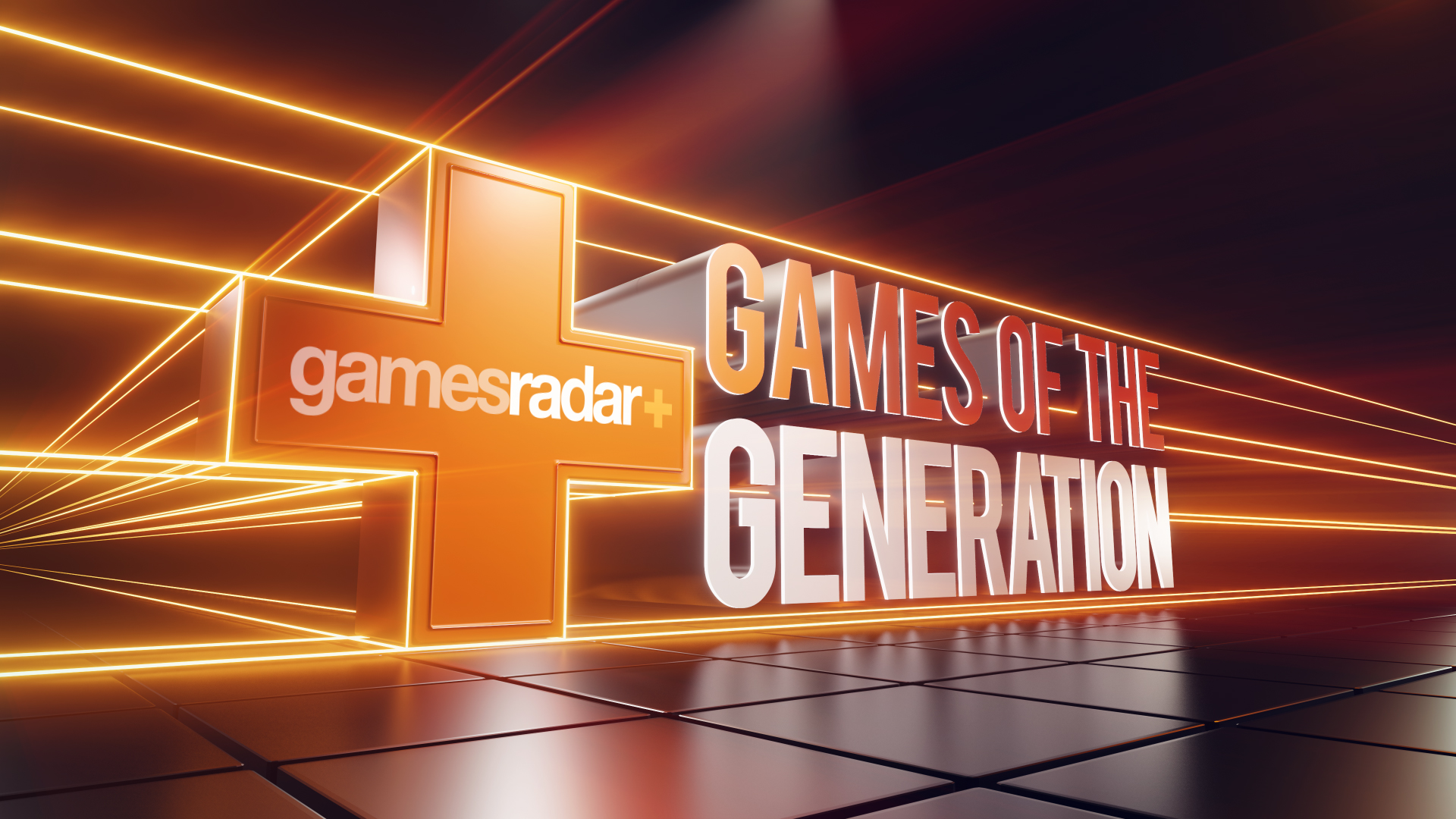
Destiny has defined the last console generation, for better and worse. Grand visions of a ten-year partnership between Bungie and Activision heralded Destiny’s arrival in 2014 as a game where the action came first, and the story second.
Middling review scores and numerous launch troubles later, Destiny was iterated upon and improved by Bungie until, over six years on, its sequel stands triumphant as one of the biggest MMO experiences on the planet.
Destiny wasn’t the first major online-only game to influence the direction of the console generation just gone (that honor belongs to Titanfall), but it is the live-service game that best resembles the transformation of MMOs over the past six years.
I remember being stunned to find out that Left 4 Dead 2 was getting downloadable content after launch in 2009, but that kind of post-release support is now commonplace for games at large, and I think the meteoric rise of live-service games over the last console generation is to thank for that.
It's your Destiny
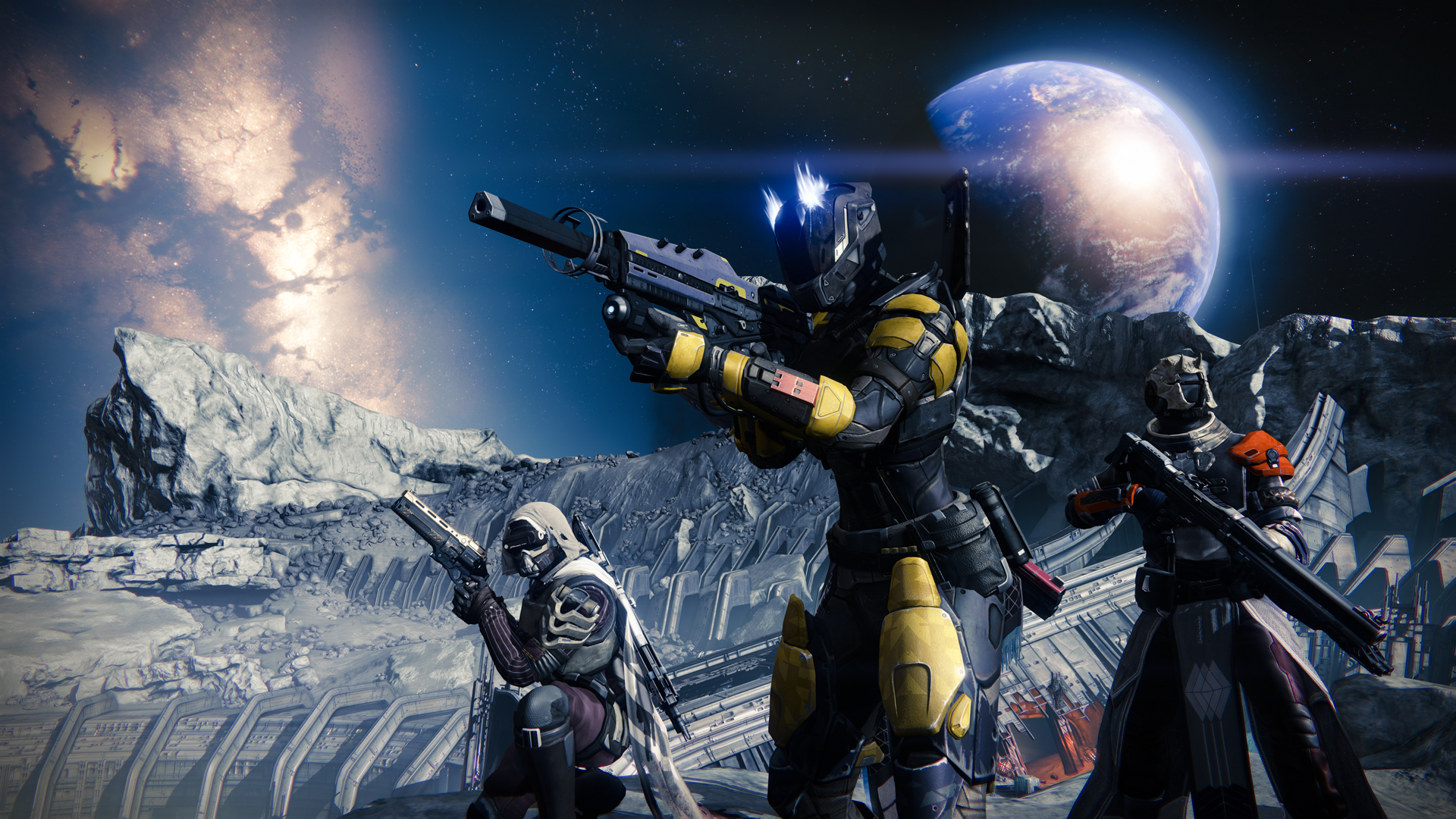
“A game is never done,” is a phrase you’ve probably heard before. It’s true, mind you, as a developer's list of problems and bugs to quash stretches beyond the horizon. But I think the rise of live-service experiences proved that games are never done in a different way: there’s new content to provide for a ravenous fanbase, and that can all be traced back to Destiny.
Prior to its official launch, Bungie stated that a major component of Destiny would be a constant stream of content and support. Two DLC packs were also revealed before the official launch - The Dark Below and The House of Wolves. The unveiling of post-launch content before the game had even arrived was relatively unheard of in 2014, but fast-forward to 2020 and it’s now a staple of the industry, so much so that CD Projekt Red's decision to hold back Cyberpunk 2077's DLC reveals until after launch made headlines.
Destiny proved that live-service games and post-launch DLC packs go hand-in-hand. You won’t meet a stalwart Destiny player that didn’t play (and likely love) the Taken King expansion in 2015. Bungie hailed The Taken King’s launch as the end of “year one” for Destiny, and players alike marked it as a turning point for the game’s story. Destiny normalized in-game “years” of content, which was taken and iterated upon by the battle royale genre for “seasons” of content.
Weekly digests, tales from the communities you love, and more
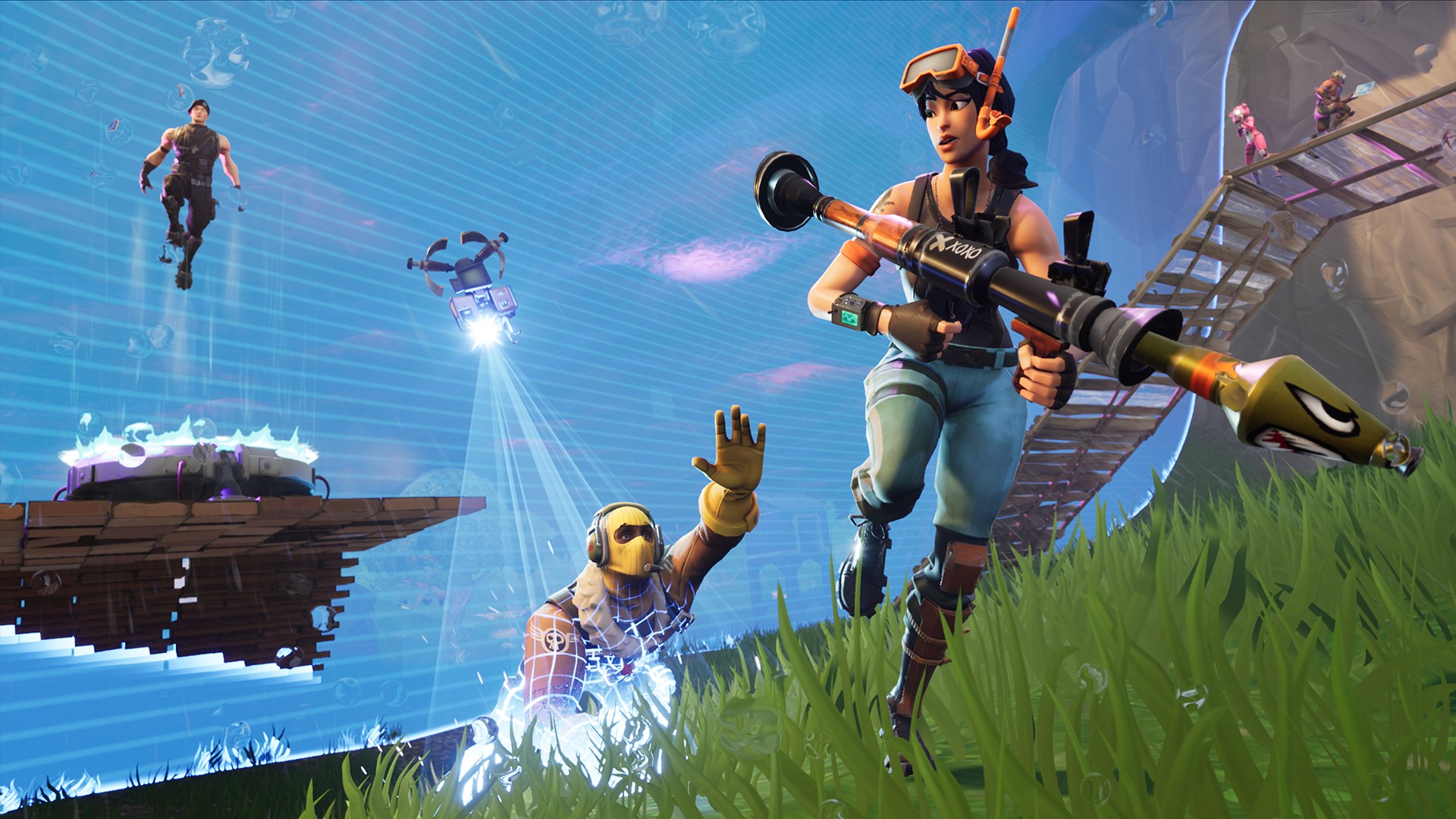
"Battle royale and live-service games haven’t dropped their stories, they’ve spectacularly adjusted to them."
Sure, Fortnite might not have launched until 2017, but the gaming landscape is now dominated by battle royale giants as a result, from Call of Duty: Warzone to Apex Legends. The rise of live-service games, and the proof therein that existing games could be iterated upon and expanded upon, provided a foundation from which battle royale could succeed.
Fortnite, in particular, used the iteration philosophy as a springboard for some really experimental stuff. The game premiered its first “live event” with a meteor crash in 2018, as the impact of a comet transformed its PvP map forever. It was considered daring to trap so much content in a one-time event that would never be repeated for others to experience, but it’s one that’s fundamentally defined Fortnite as the phenomenon it is now.
With Travis Scott concerts and Galactus-sized invasions from Marvel, Fortnite has become a platform unto itself, a service that can be utilized by other brands as an innovative marketing tool and content pipeline. If real-time events become a staple of live-service games going forward, it’s Fortnite they have to thank for it.
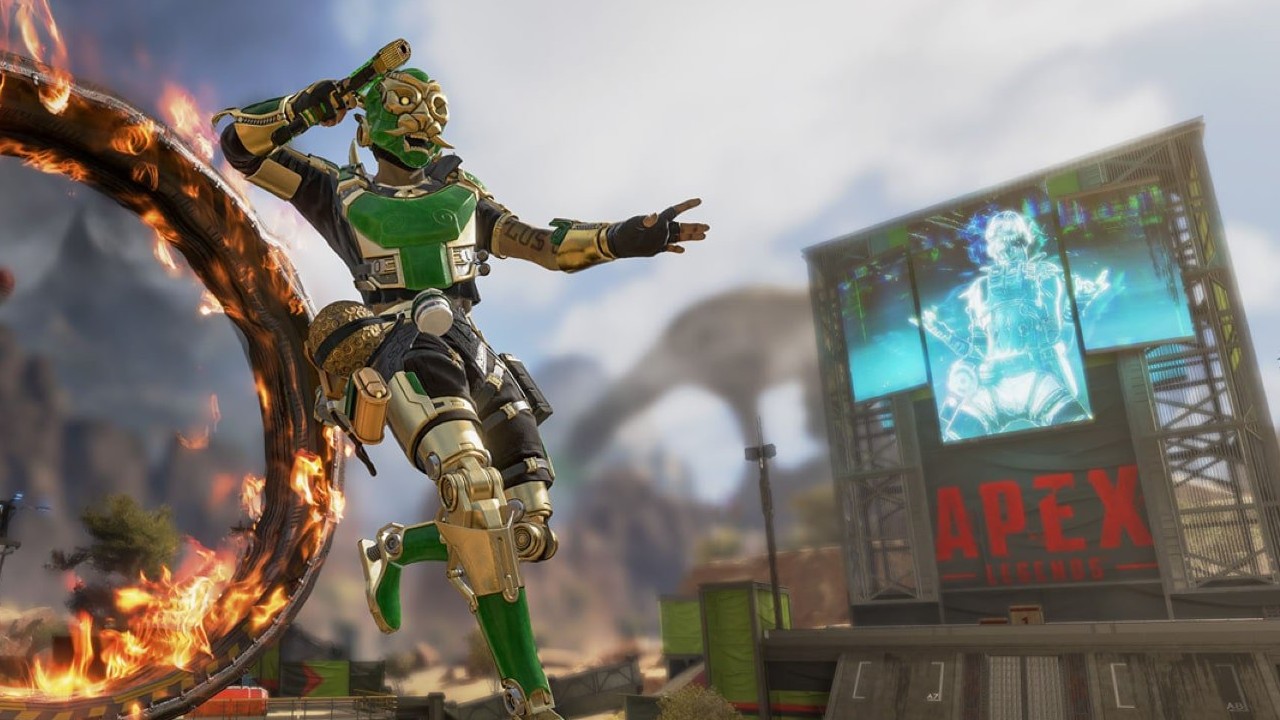
Although the battle royale renaissance began with Playerunknown’s Battlegrounds in 2017, an entire sub-genre has flourished since. Battle royale has become so ingrained in video game culture that even unreleased games like Halo Infinite are whispered to be supporting the mode.
The iterative nature of live-service games go hand-in-hand with battle royale, then, as developers experiment and implement new ideas in a very specific, tightly controlled arena.
This goes for the genre's storytelling achievements, too. You might assume that games like Fortnite and Apex Legends have zero narrative depth, putting the action front and center, but the reality is quite the opposite.
Battle royale and live-service games haven’t dropped their stories, they’ve spectacularly adjusted to them, so that every new content drop expands upon the lore. Take, for example how, Crypto blew up the first Apex Legends map, or how Loba is hunting the sinister Revenant. These story moments are proof that live-service games are breaking new ground for drip-fed narratives, and it’s incredibly exciting.
Cross-play conundrum
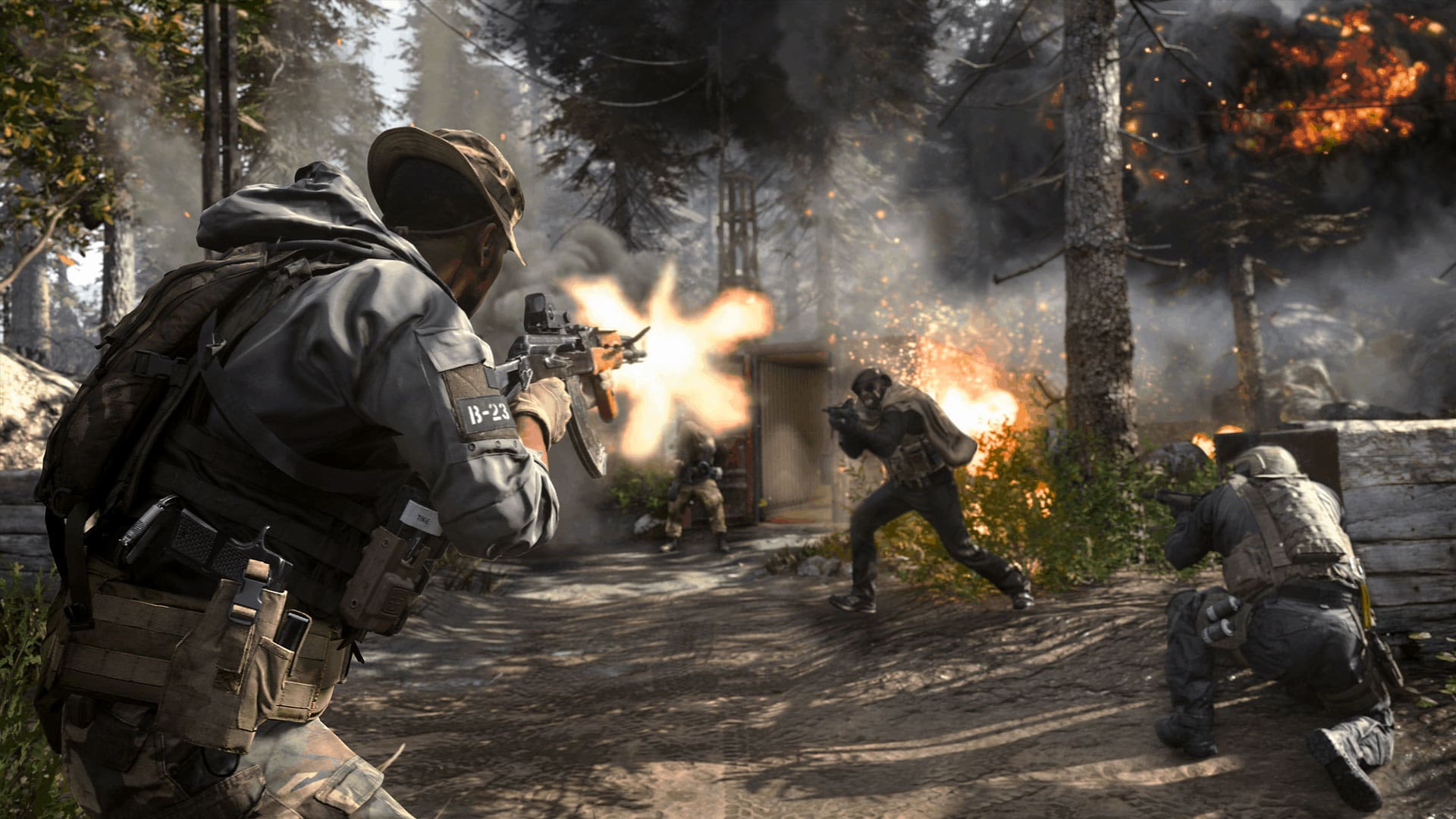
Perhaps most importantly of all, it's hard to imagine cross-play being such a focal point of the games industry without the rise of the live-service. I remember playing Call of Duty: Modern Warfare on my Xbox 360, and just naturally assuming that I couldn’t play with my friends on PS3 without thinking about it twice, and with good reason.
At the start of this console generation, cross-play was an impossible afterthought. Now, it’s been thrust to the forefront of conversations surrounding current games like Destiny 2, as player bases yearn to unite with one another on different machines the world over. What was once out of the question has become a reality at the dawn of the new console generation, and that’s in part thanks to live-service games rising to such a position of dominance in the industry.
Live-service games were something of a specialty the better part of a decade ago. You had your big hitters, the Call of Dutys and the Battlefields of the world, and smaller multiplayer components of single-player adventures like Dead Space 3. Fast forward to 2020, and live-service games are in a genre all of their own, with the likes of Call of Duty raking in over $3 billion in the last 12 months.
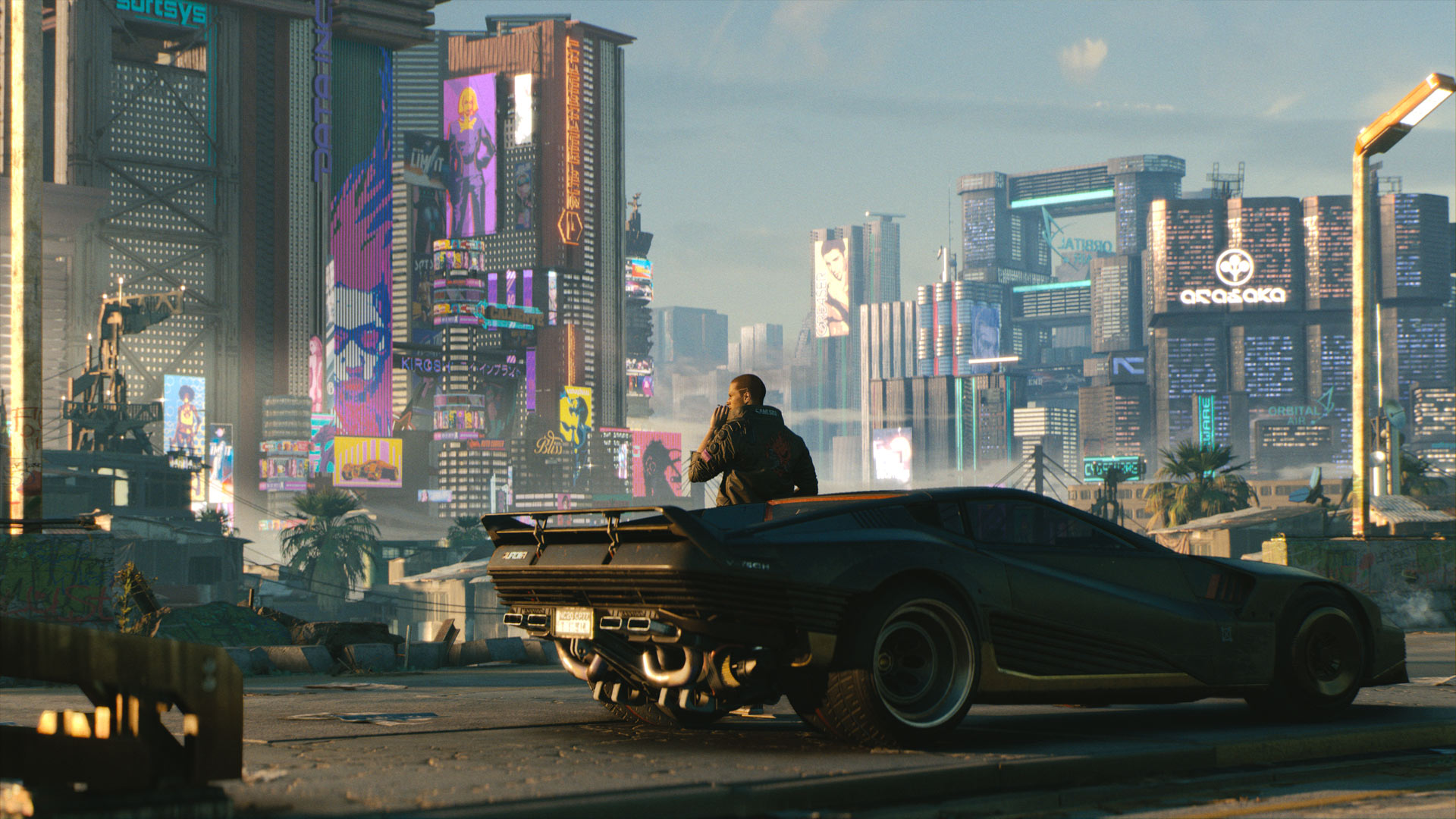
Looking beyond the capital gains of live-service games, there’s genuinely astounding experimentation and iteration to be found. I can’t think of anything quite as astonishing as Fortnite’s Travis Scott concert, something that only a live-service game could ever have the capability to pull off.
Live-services like Fortnite are transitioning to platform-status, while its evolutionary predecessors remain fixated on steady content drops. It’s clear that live-service games are arguably the biggest blockbusters the video games industry has to offer, and I’m looking forward to seeing how certain elements like live events are iterated upon over the coming generation.
For more, check out the best open world games to escape into right now, or discover our top five games of the generation in the video below.
Hirun Cryer is a freelance reporter and writer with Gamesradar+ based out of U.K. After earning a degree in American History specializing in journalism, cinema, literature, and history, he stepped into the games writing world, with a focus on shooters, indie games, and RPGs, and has since been the recipient of the MCV 30 Under 30 award for 2021. In his spare time he freelances with other outlets around the industry, practices Japanese, and enjoys contemporary manga and anime.



